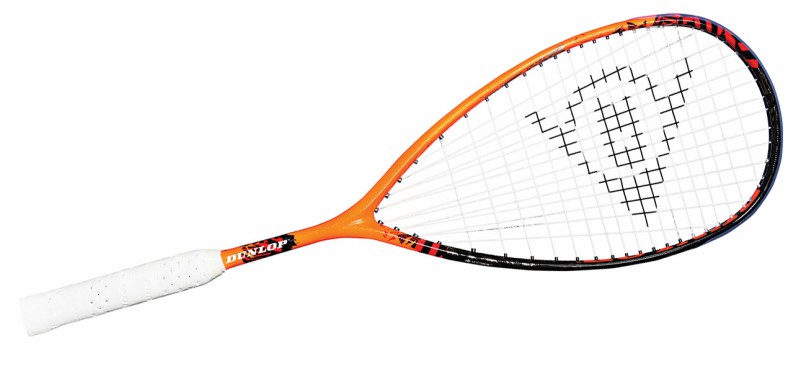
Article by John Matich
A physically weak boy, Jahangir Khan was advised by doctors not to take part in any kind of physical sport. It must have come as a surprise to them, then, when he became the greatest squash player of all time.
With over 550 successive wins, 6 World Championship crowns, and 10 British Open titles, Khan overcame his so-called limitations and became not just one of the best squash players, but one of the greatest athletes of all time. In fact, his 555 successive wins are the longest winning streak in professional sports. Oh, and he was also the youngest world champion to ever wield the racket.
Go figure.
Known for his incredible mental fortitude and discipline, Khan would regularly run 14 kilometres before heavy weight training and squash practice, all of which helped hone him into the explosive and thrilling athlete that drew thousands of people to the sport.
If like many others, you’re looking to test yourself in the world of squash and emulate the likes of Khan, then this guide will help you dive into squash by getting the perfect racket for your training.
Here’s what you need to know, with specific recommendations for beginner squash players at the end of the article.
Racket head shape
The first thing you’ll notice about a squash racket is the strange, teardrop style shape. Similar to a tennis racket, this shape has a specific design that impacts the entirety of your game. Chief among these are your power, the size of the sweet spot, and how much control you have / can feel when the ball hits the strings.
Some of the different head shapes you’ll find in the market place are the teardrop, open throat and elongated teardrop.
The teardrop is found in more modern rackets like Technifibre, and can appeal to beginners as they’re often used by pros. However, while these rackets are powerful, they lack inherent control and require a skilled player to use their wrists to make up for this.
The open throat is the classic squash racket shape, most often seen in traditional rackets, and in most of Dunlops product line. This design offers great control but lacks the power of the teardrop design. It also has a small sweet spot that can make it difficult to hit (initially).
The elongated teardrop shape (found in Prince rackets) provides the largest sweet spot and by far the most power. This can make it an exceptionally fun racket to use, even as a beginner. However, it lacks in control so requires developed wrist strength to properly handle.
Weight
The weight of your squash racket has a large impact on your game. It directly influences your swing speed, power, selection of shots, stresses to your forearm, wrist and hand muscles, and it also influences price and durability.
In other words, just about everything.
Rackets typically come in three weight ranges. 125g or lighter, 130g to 140g, and 145g or heavier.
Light rackets (up to 125g) are easy to hold and maneuverer, and feel great to hold, but lack the power, follow through and durability of heavier rackets. With this in mind, their benefits are best capitalised on when used by an experienced player.
Medium rackets (130g to 140g) are the most common weight range that players go for. Not quite as manoeuvrable as a light racket, and not quite as powerful as heavy one – the medium racket doesn’t excel in any area, but also isn’t lacking in any. It has a comfortable level of strength and manoeuvrability that give you access to a wide range of shots, and help you develop your wrist and forearm strength.
Heavy rackets of 140g offer a lot of power but not a lot of agility. Many coaches recommend these to beginners as they help to develop strength, but this can potentially lead to bad handling habits, as well as injury if you aren’t careful. That said, the slow movement and power output can help a lot of players to practice more powerful shots early on, which many can find more helpful and enjoyable.
Strings and string pattern
Having good strings on a racket is important for both control and power. However, many named brands -other than Technifibre- don’t have the greatest strings and can benefit from having them replaced immediately. However, if you’re on a budget, this may not be an option.
A way to minimise this issue is to choose a good string pattern, as that will increase the size of your sweet spot, and generate more power. In my experience, the best ones to look for are:
14 x 8, 16 x 17, 18 x 17, and 16 x 16.
These will offer the right string set up for your needs.
Best pick for a beginner
My advice would be to go for a teardrop between 130g – 140g but any medium to heavy racket would be fine. A light racket at this stage might feel fun but will come with too many disadvantages when it comes to your development.
As far as budget goes, that’s entirely dependent on what you’re willing to spend, but you shouldn’t need to shell out more than 100$.
Recommendations
Here are my recommended squash rackets for beginners:
UK
- HEAD Nano Ti Squash Racket
- Wilson Hammer Light 120 PH Squash Racket
- Prince Power Vortex Squash Racket
USA
